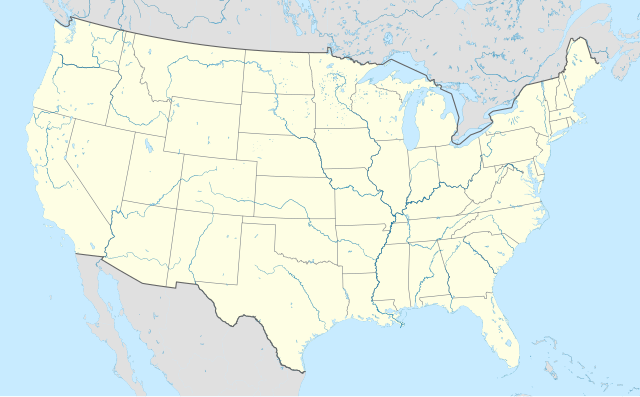Top Qs
Timeline
Chat
Perspective
Morristown station
NJ Transit rail station From Wikipedia, the free encyclopedia
Remove ads
Morristown station is a NJ Transit rail station on the Morristown Line, serving the town of Morristown, in Morris County, New Jersey, United States. It serves an average of 1,800 passengers on a typical weekday. Construction of the historic station began in 1912 and the facility opened November 3, 1913. A station agent and waiting room are available weekdays. The station's interior was featured in Cyndi Lauper's "Time After Time" video in 1984.[8] Just west of the station, at Baker Interlocking, the Morristown and Erie Railway branches off the NJT line. The M&E's offices and shop are here.
Remove ads
Morristown received accessible mini-high level platforms in 2005 to make the station handicapped accessible. The eastbound ramp is near Morris Street and the westbound ramp is just west of the old freight house. Morristown station has 455 parking spaces spread across three different lots near the station.
Remove ads
History
A predecessor station was the terminus of the Morris and Essex Railroad, using the same railbed, constructed in 1835.[9]
Ultimately the line extended to the east to Hoboken and the Hudson River connecting to New York by ferry.[citation needed]
The line was previously used by a series of Delaware, Lackawanna and Western and Erie Lackawanna railway companies from the 19th century until the 1960s. The Morristown and Erie Railroad (not to be confused with the Morris and Essex) operated passenger service to Essex Fells until 1928.[10] In earlier years long distance trains, such as the Chicagoan and the Lackawanna Limited, stopped at the station on their trips west.[11] Since 1947, main line interstate trains going west beyond Dover station bypassed the station.[12] However, in spring 2021, Amtrak announced plans for potential New York–Scranton route. Amtrak included Morristown station as an intermediate stop between Summit station and Dover station.[13]
In 1913, the Delaware, Lackawanna and Western station house was built, designed by Frank J. Nies. In 1980, it was named to the National Register of Historic Places.[6]
Remove ads
Station layout
The station has two tracks, each with a mini-high and low-level side platform.[citation needed]
See also
Bibliography
- Order of Railway Conductors and Brakemen (1913). The Conductor and Brakeman, Volume 30. Cedar Rapids, Iowa: Order of Railway Conductors and Brakemen. Retrieved January 23, 2020.
References
External links
Wikiwand - on
Seamless Wikipedia browsing. On steroids.
Remove ads





